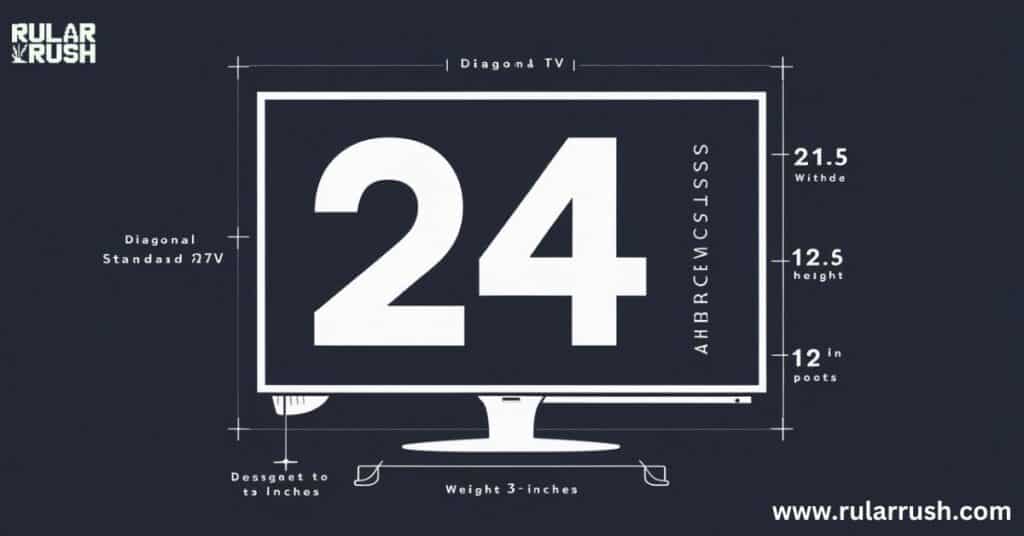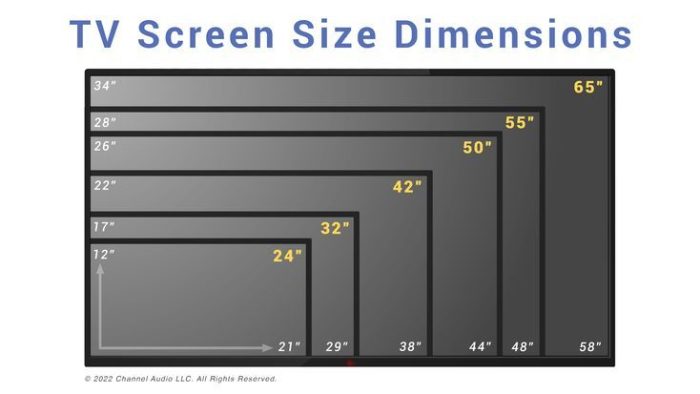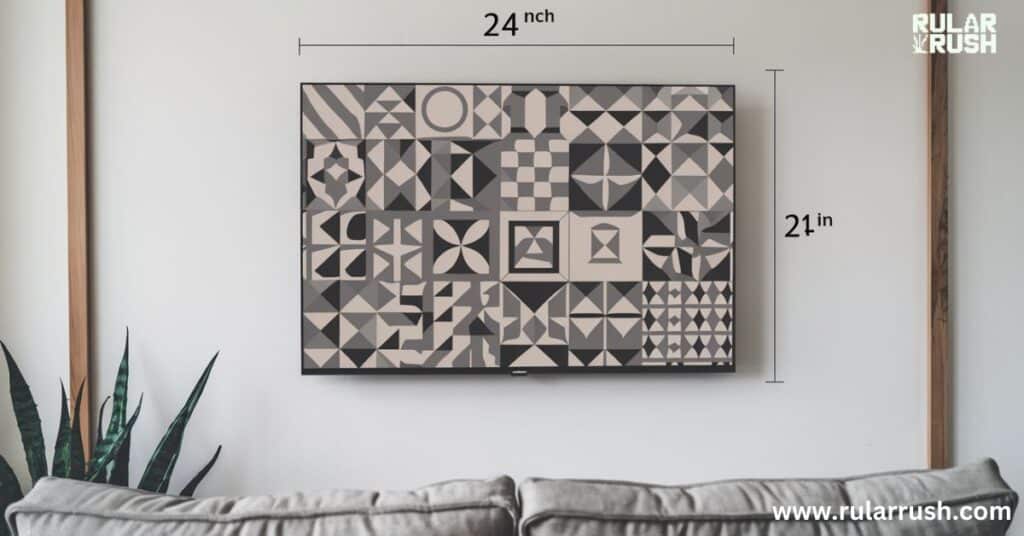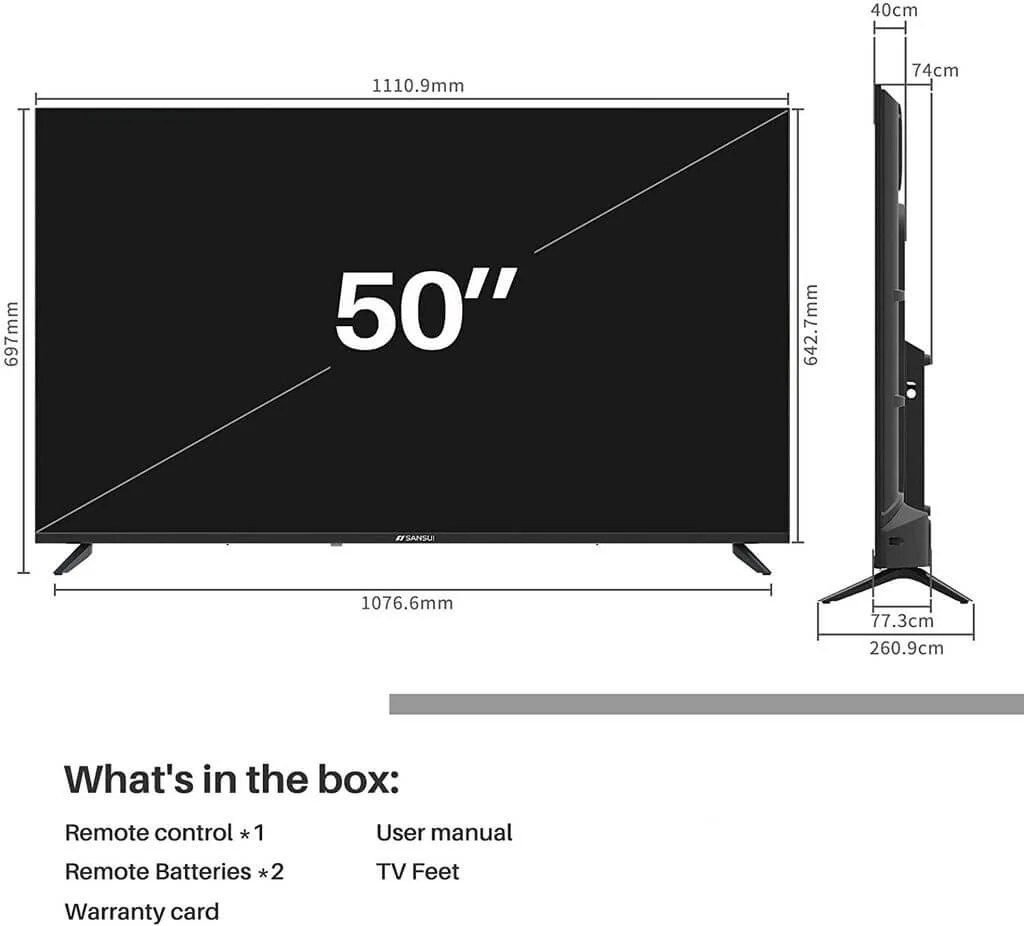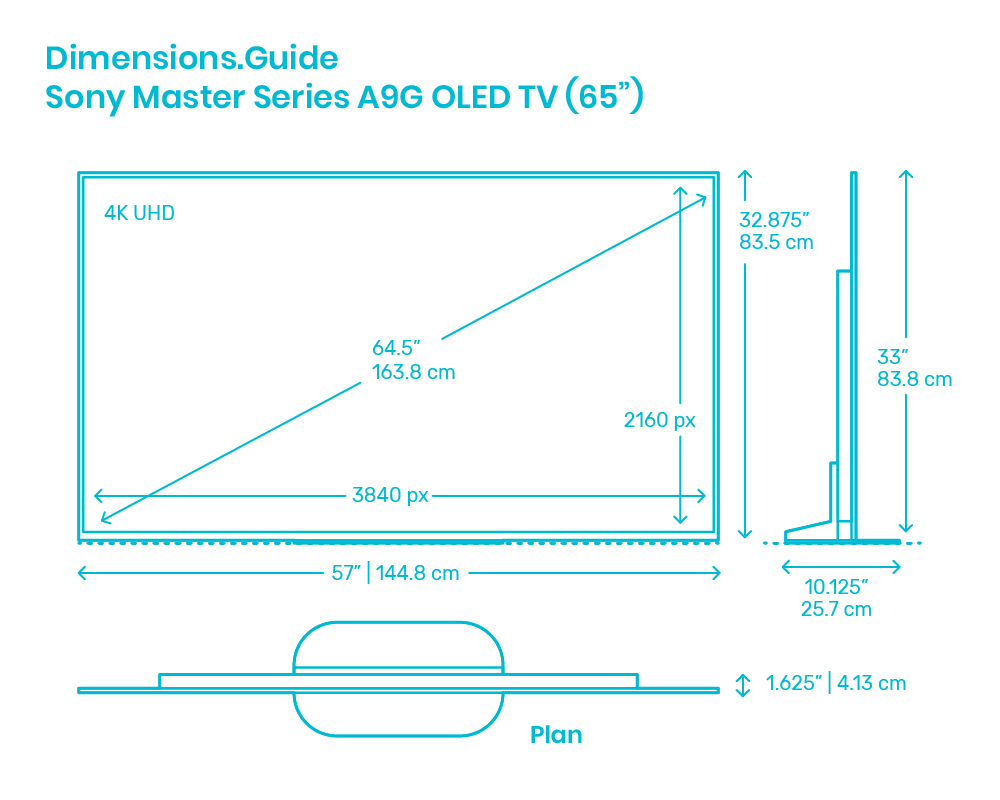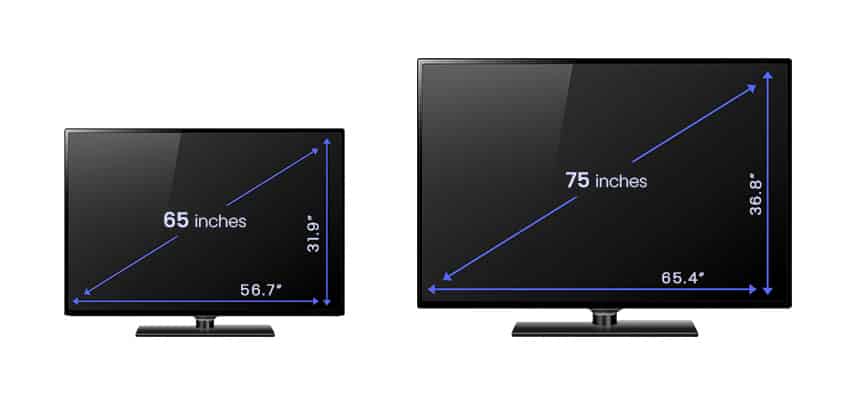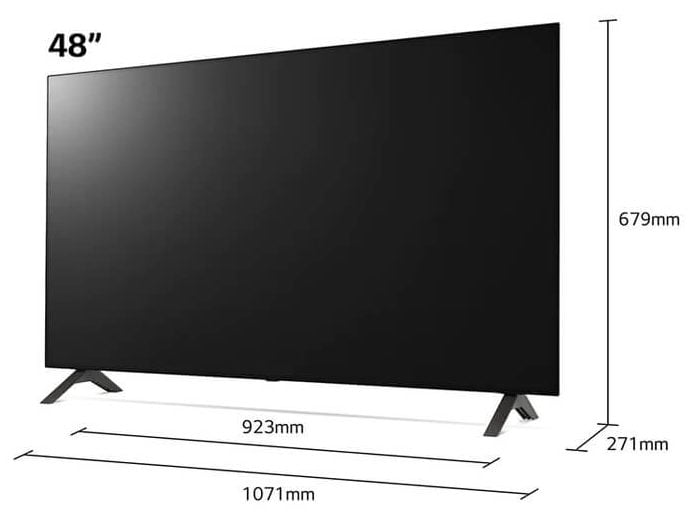What Are The Dimensions Of A 24 Inch Tv

Breaking now: Consumers scrambling for accurate 24-inch TV dimensions amidst online confusion and varying manufacturer specifications. Getting the right size is critical for seamless integration into existing entertainment centers and wall mounts.
This report cuts through the noise, providing verified dimensions and essential factors to consider before purchasing your new 24-inch television. Avoid costly mistakes and ensure the perfect fit.
Unveiling the 24-Inch TV Dimensions
The Screen Size Deception: The term "24-inch" refers to the diagonal measurement of the screen, not the TV's overall width or height.
Typical Width: Expect a 24-inch TV to measure roughly 21 to 22 inches in width.
Typical Height: The height will typically range from 12 to 13 inches without the stand.
The Critical Factor: Bezel Size
The bezel, the frame surrounding the screen, significantly impacts the overall dimensions. Thinner bezels mean a smaller overall TV size for the same screen size.
Modern TVs are trending towards slimmer bezels, but variations still exist. Older models often have noticeably thicker frames.
Always check the manufacturer's specifications for the exact dimensions, including the bezel.
Height with Stand: An Often Overlooked Detail
For tabletop placement, the height with the stand is crucial. This dimension is frequently found on the manufacturer's website or in the product manual.
The height with stand can add 2-4 inches to the overall height. Neglecting this can result in clearance issues with shelves or other furniture.
VESA Mount Considerations
If you plan to wall-mount your 24-inch TV, you need the VESA (Video Electronics Standards Association) mounting pattern. This standardized pattern specifies the spacing of the mounting holes on the back of the TV.
Common VESA patterns for 24-inch TVs include 75x75mm and 100x100mm. Verify the VESA compatibility of both your TV and the wall mount before purchase.
Manufacturer Specifications: The Ultimate Source
The golden rule: Always consult the official manufacturer's specifications for the most accurate dimensions. Product pages on retailer websites or printed manuals are excellent resources.
Online confusion: Third-party websites may contain inaccurate or outdated information. Avoid relying solely on these sources.
Look for a dimensions diagram that depicts the exact width, height (with and without stand), and depth of the TV.
"Consumer Reports consistently recommends checking the manufacturer's website for the most reliable information," said tech analyst, Jane Doe.
Ongoing Developments
TV manufacturers are continually innovating, so bezel sizes and stand designs may change. Monitor the manufacturer's website to stay updated on the most current models and their dimensions.
If you are replacing an older TV, measure the existing space before shopping. This can help you narrow down your options and avoid unpleasant surprises.
Future reports will delve into the impact of curved screens and their specific dimensional requirements.

